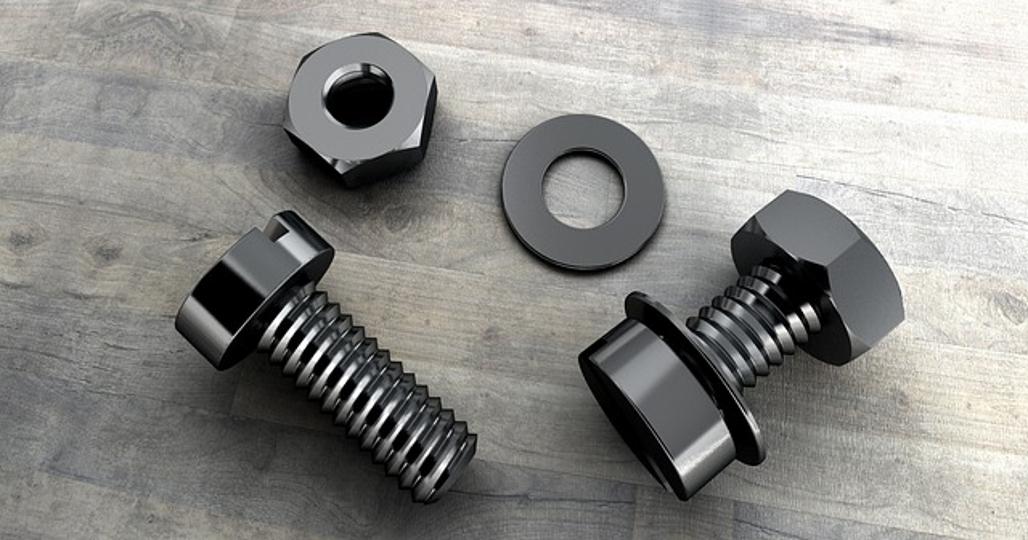Introduction
Ironing clothes may seem like a straightforward task, but doing it properly ensures that your clothing looks its best and lasts longer. Understanding how to use an iron not only keeps wrinkles at bay but also preserves the integrity of various fabrics. In this guide, we will walk you through the essentials of using an iron, from preparation to advanced techniques. Whether you’re a beginner or looking to refine your skills, this guide aims to make ironing less of a chore and more of a breeze.

Preparing Your Clothes for Ironing
Preparation is crucial for achieving the best results when ironing. Begin by sorting clothes based on fabric types, as different materials require varying heat settings. For instance, cotton can withstand high temperatures, while silk and synthetic fabrics need a gentler approach.
- Check Labels: Inspect clothing labels for ironing instructions. This ensures you don’t accidentally damage delicate fabrics.
- Pre-Wash: Ironing dirty clothes can set in stains. Always wash and dry clothes before ironing.
- Dampen Clothes: Slightly moisten fabrics that are difficult to iron. Use a spray bottle or damp cloth to lightly mist garments like linen or cotton.
Proper preparation not only makes the ironing process smoother but also ensures your clothes are ready to handle heat without any issues. Now, let’s move on to setting up your equipment.
Setting Up Your Iron and Ironing Board
A well-prepared ironing station is fundamental for efficient ironing. Start by selecting a sturdy ironing board. An adjustable and padded board offers better support and comfort.
- Choose the Right Iron: Opt for an iron with adjustable temperature settings and a steam function. Ensure it’s clean and in good working condition.
- Set Up the Ironing Board: Place it in a spacious area with access to a power outlet. Make sure the height is comfortable to avoid straining your back.
With your station set up, it’s time to turn on your iron. But before you start ironing, you’ll need to adjust the temperature settings according to the fabric you’re dealing with.
Adjusting Temperature Settings
The temperature setting of your iron is critical for achieving optimal results without damaging your garments.
- Low Heat (110°C/230°F): Suitable for delicate fabrics like silk, satin, and synthetic fibers.
- Medium Heat (150°C/300°F): Ideal for wool, polyester, and blends.
- High Heat (200°C/390°F): Best for linen and cotton fabrics that can withstand higher temperatures.
Always test a small, inconspicuous area first to ensure the fabric reacts well to the selected temperature. Misadjusted temperatures can lead to burns or shine, especially on dark or delicate fabrics.
Ironing Different Types of Fabrics
Different fabrics require specific techniques and care. Here’s a brief guide:
- Cotton: Use high heat with steam. Iron clothes inside out to avoid shine.
- Wool: Set the iron to medium heat and use a pressing cloth to protect the fabric. Always iron inside out.
- Silk: Use low heat and a pressing cloth. Move the iron swiftly to prevent burning.
- Synthetics: Iron on low settings. Avoid steam as it can leave water stains.

Advanced Ironing Techniques
Advanced techniques can elevate your ironing skills. Here are a few:
- Steam Ironing: Use the steam feature to tackle stubborn wrinkles. Hold the iron slightly above the fabric and steam it without making direct contact.
- Sectional Ironing: Break down larger garments into smaller sections. Iron one section at a time, moving strategically from top to bottom.
- Crease Creation: For sharp creases, fold the fabric where you want the crease and press firmly with high heat.
Implementing these techniques can help you achieve a polished, professional look. Now, to keep your iron in top shape, regular maintenance is essential.
Maintaining Your Iron
Maintaining your iron prolongs its life and keeps it functioning efficiently. Keep these tips in mind:
- Clean the Soleplate: Wipe the soleplate with a damp cloth. For stubborn stains, use a mixture of baking soda and water.
- Descale: Remove mineral buildup by filling the iron’s reservoir with a mixture of distilled water and vinegar. Allow it to steam for a few minutes, then rinse thoroughly.
Regular maintenance ensures your iron remains effective, producing consistently good results. Finally, let’s wrap up with some concluding thoughts and tackle some common questions.

Conclusion
Knowing how to use an iron correctly can make a significant difference in the appearance and longevity of your clothes. By preparing your garments, adjusting the settings, and applying advanced techniques, you can achieve perfectly pressed clothes every time. Regular maintenance will keep your iron working efficiently, ensuring it remains a reliable tool in your household routine. Happy ironing!
Frequently Asked Questions
What is the best temperature setting for cotton?
The best temperature setting for cotton is high heat, around 200°C (390°F). Cotton is a durable fabric that can withstand higher temperatures, making it easier to remove wrinkles effectively.
Can I use an iron on delicate fabrics like silk?
Yes, you can use an iron on delicate fabrics like silk, but you should use a low heat setting, around 110°C (230°F). It’s also advisable to use a pressing cloth to avoid direct contact with the fabric and to move the iron swiftly to prevent burning.
How often should I clean my iron?
Cleaning your iron regularly is important to maintain its efficiency. Aim to clean the soleplate after every few uses and descale the iron at least once a month if you use it frequently. This helps prevent mineral buildup and ensures smooth operation.
